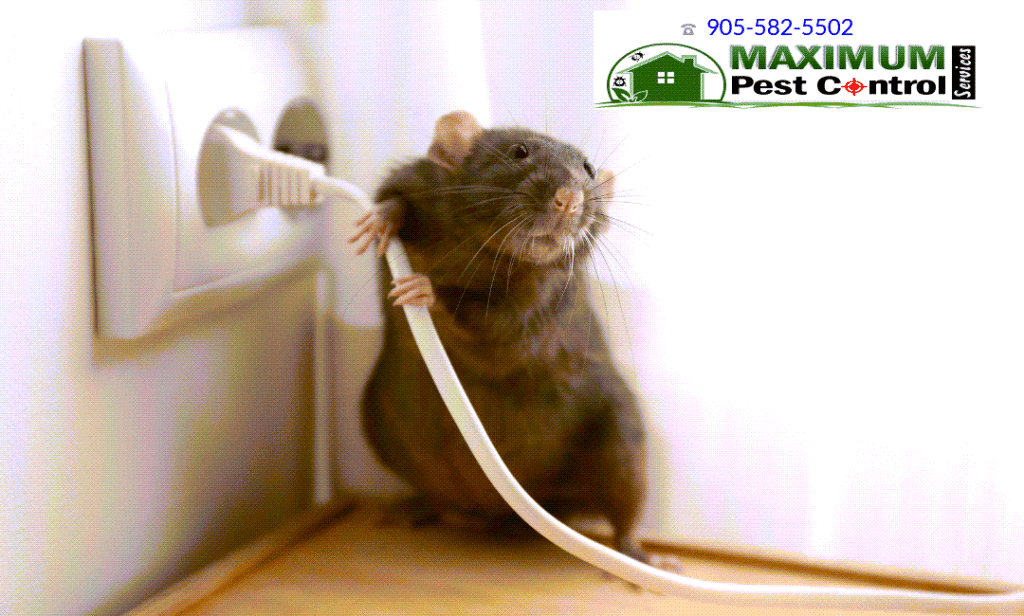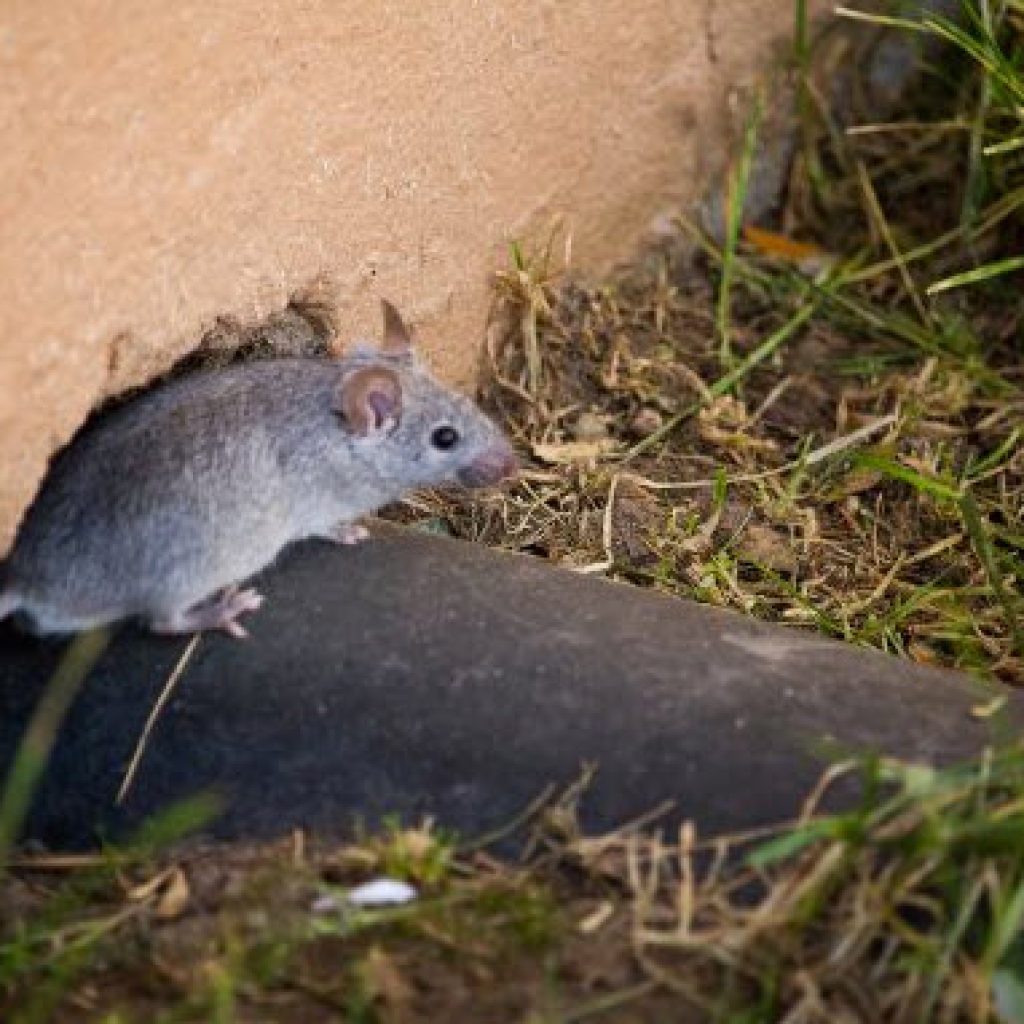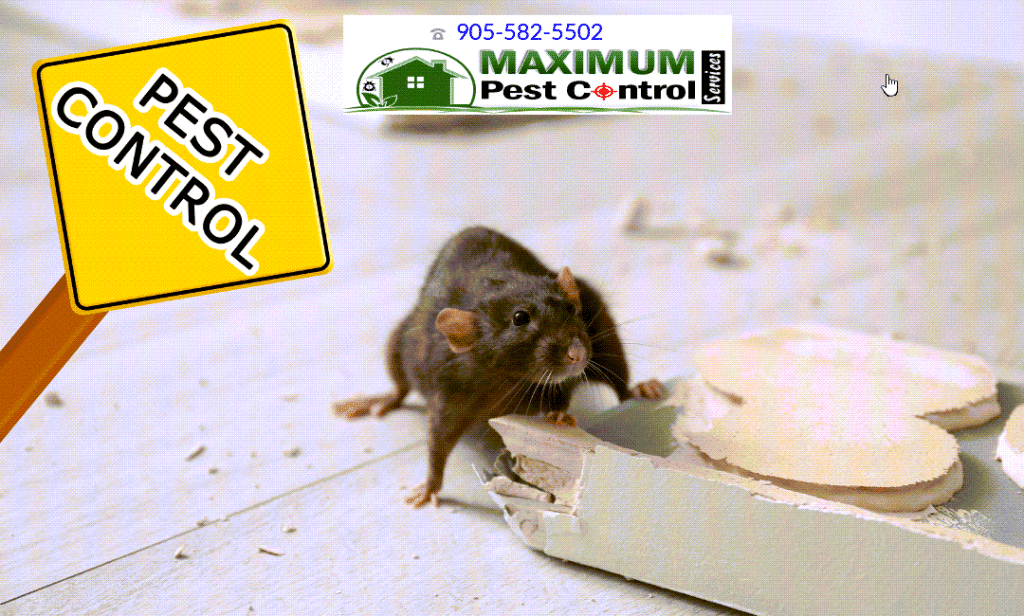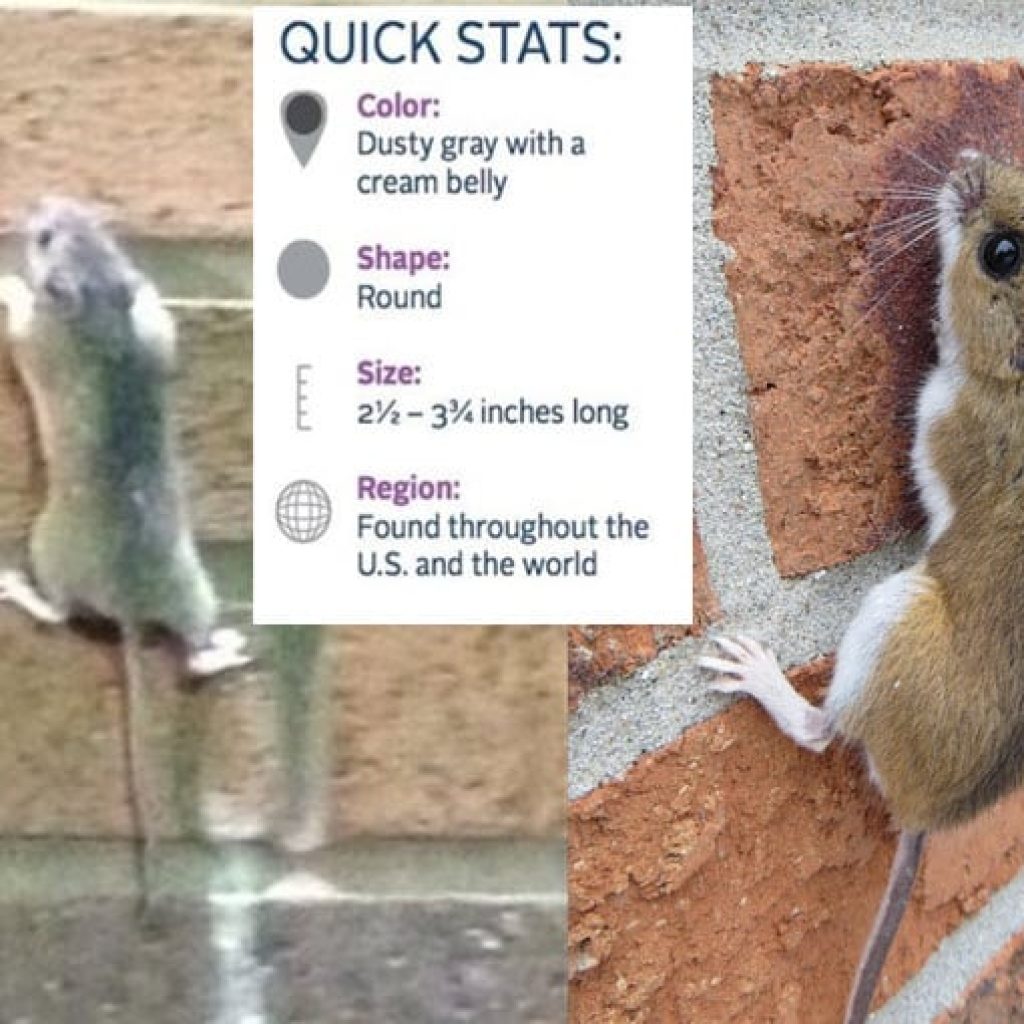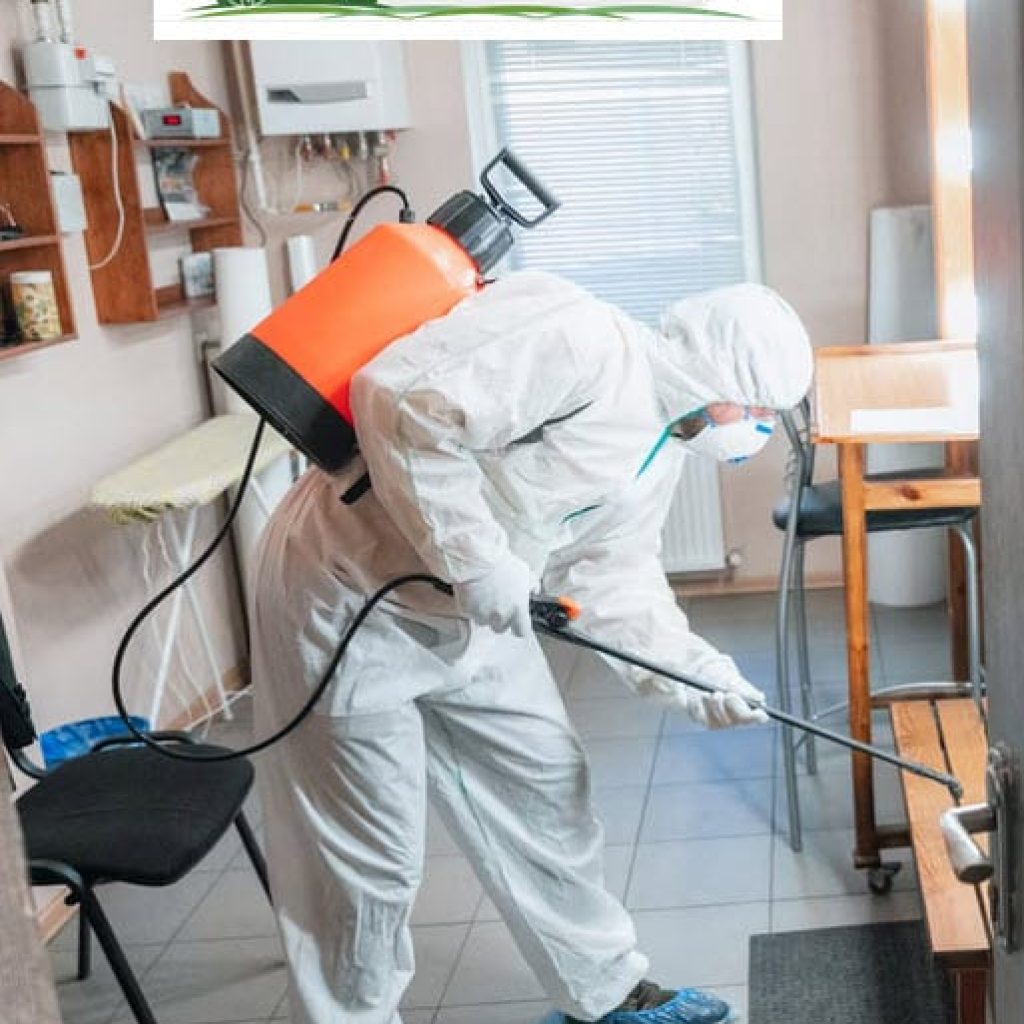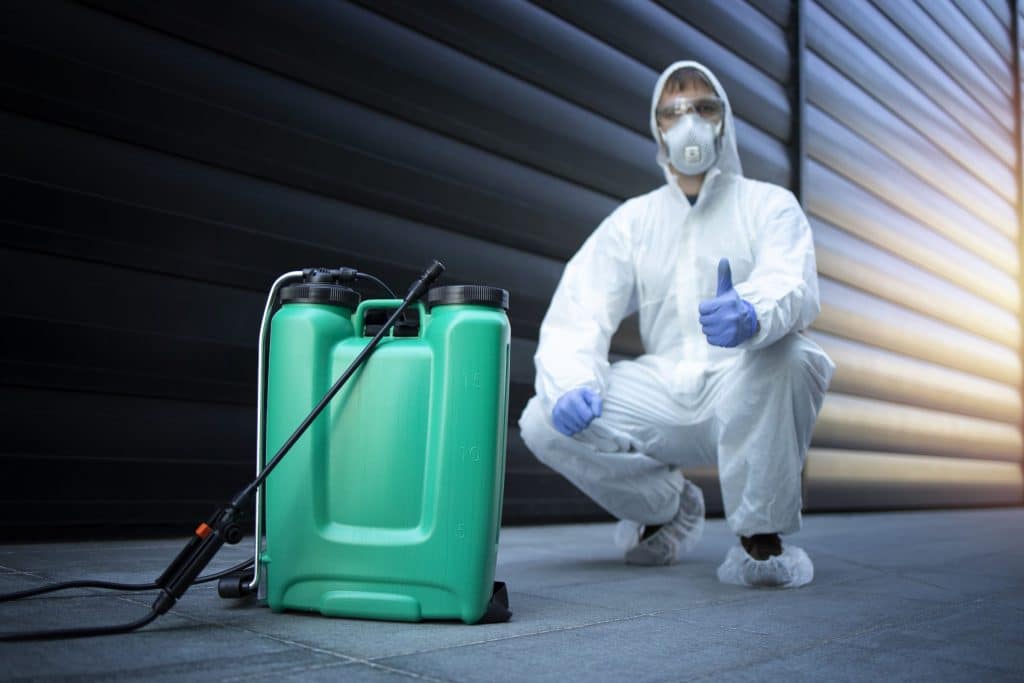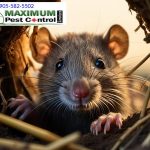
How Many Mice Is Too Many? Understanding Mice Infestation
When the quietude of your home is disturbed by the unmistakable scampering sounds of small creatures or the sight of tiny droppings alerts you to an unwelcome presence, questions about the potential for infestation naturally arise. You might find yourself querying, “at what point does a number of mice become classified as an infestation?”
Grasping the threshold number is vital, however, it extends beyond mere tallying. The indicators of a mice infestation can manifest in a multitude of ways. You’re about to embark on a comprehensive guide that will help you distinguish between an occasional intruder and a troubling infestation.
Identifying the presence of a single mouse in your home could be a stroke of misfortune, but sighting multiple mice or evidencing consistent signs of these rodents could suggest an alarming reality – Major Mouse Infestation on The Rise!
Through the course of this article, you will gain insights into the specific indicators of a mouse infestation and expert advice from Maximum pest control services for dealing with these pesky unwanted critters. Understanding when an inconvenience crosses the line into an infestation is the first step in implementing effective pest control measures and restoring your home’s comfort and safety.
What attracts mice to my home?
Mice, like many other forms of wildlife, seek out sheltered, comfortable environments that also provide them with a constant food source. Among their top preferences are warmth, safety, and the absence of predators. Therefore, any space that fulfills these conditions can become a potential mice haven. This includes residential spaces that, unfortunately, offer conditions that are just right for these creatures.
Kitchens and pantries, for example, present a consistent source of nourishment. Mice are opportunistic creatures who can consume a broad variety of food types found in most homes. Even the smallest crumbs left unnoticed can be enough to feed mice, which is why cleanliness is such an essential aspect of mice prevention.
Another attraction for these rodents is clutter. Mice are skilled at keeping hidden, and heaps of unused books, old clothes, or stacks of papers provide the perfect cover for them to navigate and nest. Storage areas that are seldom inspected or cleaned could thus serve as an incubation spot for a potential mice infestation.
Unsealed entry points are a direct invite to mice. These rodents, with their flexible bodies, can potentially invade your home through gaps or cracks as small as 1/4th of an inch in size. This underscores the importance of regular home inspections and maintenance to identify and rectify potential entry points that could let mice in.
Water sources such as leaky pipes, pet water dishes, indoor plants, or clogged drains also draw in these creatures. Their need for water is as pressing as their need for food, making any consistent source of water a potential mice attractor. Regularly checking water sources in your home can greatly reduce the chances of an infestation.
In conclusion, being aware of what attracts mice to your home is a crucial first step in prevention. By understanding their needs and adapting your home accordingly, you can make your home a less attractive option for these pests, thus reducing the possibility of an infestation.
Early Warning Signs: Detecting a Potential Mice Infestation
Being aware of a potential mice infestation is of the utmost importance, as early detection can make a significant difference in controlling the situation. Perhaps one of the most discernibly unsettling early signs involves discovering mice droppings. These are commonly found in hidden pockets of properties such as attics, basements, and behind appliances where mice are likely to explore and establish dwelling.
Furthermore, the presence of more than a few droppings should raise some eyebrows. A single mouse can produce anywhere between 50 and 75 droppings per day. Therefore, spotting a slew of these tiny dark pellets scattered in isolated corners may serve as an indication of an evident problem.
In addition, mice are notorious for their affinity for gnawing on items within the household. If you discover inexplicable marks and scrapes on furniture, wires, or structural components of your home, it’s possible that mice are the culprits. Their incisor teeth are continually growing, prompting the rodents to constantly gnaw, chew, and bite— an instinctual behavior for them.
Listening carefully can also aid in early detection. Mice are usually active during the dark hours, causing often distinctive scratching and squeaking noises in your walls or ceilings. Identifying these sounds can be challenging, since they’re easy to mistake for usual household creaks and squeaks. However, if these sounds become persistent or noticeable during quiet hours, it might be time to take action.
Finally, consider your pets. Cats and dogs have heightened senses and may become noticeably more anxious or excited if mice are present. Pay attention to unusual pet behavior such as intense sniffing, scratching, or a shift in eating patterns, as these could indicate the presence of unwanted guests.
These early signs are your first line of defence against a full-fledged mice infestation. By taking note of these warning signs, you enhance your chances of stopping an infestation in its tracks before it takes a toll on your home.
Determining the Quantity: When Mouse Sightings Become an Infestation
There’s no definitive number that can classify as a mice infestation. The issue arises when you begin to see more than one mouse in a short period of time, hear rustling in the walls or ceilings, see fresh droppings frequently or notice damage to furniture or household goods. If you see one mouse, there’s a good chance that there are more hiding in your home. Even a small number of mice can be indicative of a larger problem, so it’s essential to go further than counting the number of sightings and evaluate other supporting evidence.
It’s worth noting that the reproductive capacity of mice is impressive, with a female able to give birth to about six to eight pups multiple times a year. Hence, even a small number of mice can quickly grow into a much larger infestation behind the scenes.
Here’s a rough guideline level of mice infestation:
- 1-2 mice: Early stages of infestation. Start taking action now!
- 6-10 mice: Mid-level infestation. You definitely need to intervene.
- 10+ mice: High level infestation. Call the professionals immediately.
Remember, the above is just a guideline. If you have doubts, contacting professional pest control company its very advisable. These pros can perform a thorough inspection, confirm if you’re dealing with an infestation, and offer effective treatment options.
Ultimately, any evidence of an ongoing mouse presence in your home should be cause for concern. Even if you only ever see one mouse, but notice signs like droppings or damage, this is essentially an invitation to take immediate action. Prompt intervention can limit the extent of the infestation and potential damage to your property.
Damage Control: The Impact of a Mice Infestation on Your Home
When it comes to a mice infestation, the detrimental effect on your home can be substantial both physically and financially. Mice, by nature, are nimble and industrious creatures, capable of causing significant property damage. Given the necessity to continually gnaw to keep their teeth in check, mice can compromise structural elements of your home, targeting materials such as wood, plastic, and even soft metals.
Their nesting habits also pose a potent threat to your home’s welfare. Mice will gather various materials for their nests, often damaging insulation, wiring, and other domestic resources in the process. Notably, the gnawing on electrical wires, aside from causing potential shortages or blackouts, significantly heightens the risk of house fires.
A third repercussion, albeit one less visible but no less significant, is the depreciation of property value. It’s essential to understand that the mere presence of a mice infestation can reduce your home’s market worth. Potential buyers, cognizant of the damages and health implications posed by rodent infestations, will likely lower offers or forgo the purchase altogether.
Moreover, the very process of eradicating a mice infestation might necessitate professional assistance, presenting an additional financial strain. It’s also noteworthy that removal and cleanup, particularly in large-scale infestations, can be quite exhaustive and time-consuming.
Recognizing the signs of a potential infestation early on and taking timely action is indispensable. Not only will this mitigate the physical damage to your home, but it is also a preventive measure saving you potential exorbitant costs in future restorative work and market depreciation.
Health Hazards: The Risk of Disease in a Mice Infestation
Considering the health risks associated with a mice infestation is crucial in understanding the urgency of addressing the issue. Mice are known carriers of multiple diseases, some of which can have serious implications for human health. They can transmit these diseases directly through their droppings, urine or saliva, or indirectly by attracting ticks, fleas, and mites which can also carry harmful pathogens.
Mice are more than just a nuisance. They’re a threat to health and property.
– Robert Corrigan
The prominent disease carried by mice is the Hantavirus Pulmonary Syndrome, a severe respiratory disease transmitted through inhalation of dust contaminated with mice excreta. The symptoms can be flu-like, but if left untreated, it can progress to a life-threatening condition. Likewise, Leptospirosis is another bacterial infection people can get from mice through food or water contaminated with their urine. This disease can range from a mild illness to severe forms involving kidney or liver failure.
Further, contact with mice can expose humans to Lymphocytic Choriomeningitis (LCM), a viral infectious disease, spread primarily through house mouse droppings. LCM can lead to neurological diseases if not treated promptly. Other diseases such as rat-bite fever, salmonellosis, and tick-borne illnesses can be attributed to a high population of mice and their accompanying pests.
While these are certainly alarming health risks, they shouldn’t cause panic. With quick and efficient action, a mice infestation can be resolved safely, reducing the chances of disease transmission within your home. Nonetheless, the potential for disease underscores the need for immediate attention if signs of an infestation are observed, both to secure your property and protect your health.
Taking measures like professional extermination, cleaning and disinfecting areas where mice have been present, and ensuring that mice don’t return to your home are all effective methods to mitigate these health risks. Always remember that the key to safeguard your health and home against these health hazards is swift and decisive action.
Expert Insights: Professionals’ Take on Mice Infestation
Expert pest control professionals attest that the classification of an infestation is not necessarily contingent on the number of mice in your home, but rather the level of disruption and potential harm they are causing. While sighting a single mouse might be alarming enough, it is the evidence of breeding and a sustained population that truly signifies an infestation.
Sanford Bennett, a pest control expert with over 20 years’ experience, explains: “Mouse infestations are not defined by the count of mice. They depend heavily on consequential elements such as property damage, health risks, and disruption of home functionality. Even a handful of mice can cause significant damage if they’re nesting, reproducing, and have access to food sources inside your home.”
Mice can fit through a hole the size of a ballpoint pen.
– Stephen Kells
Pest control professionals will generally adopt an integrated pest management strategy, starting with an exhaustive examination of your home. They assess the extent of the infestation, including identifying the species, the areas of the house affected, any damage caused, and potential health risks. Based on these findings, specific treatment plans are formulated to address each client’s needs.
To further elaborate, Eric Lansing, another seasoned pest control professional, reiterates, “A single mouse seen repeatedly can indicate an infestation, but the true measure is the impact on the household. The presence of nests, presence of droppings, and extensive gnawing damage all clearly signify an ongoing infestation.” It’s evident, therefore, that the severity of a mice infestation largely depends on the effect on the homeowners’ lives and the potential for ongoing and increasing damage.
Deploying an infestation response should be facilitated as promptly as possible to prevent escalation. Pest control experts endorse seeking professional help immediately upon suspicion of an infestation. Homeowners should not wait to count or quantify the mice, but rather pay attention to signs of damage, disease risks, and the evident larger population.
Above all, what professionals emphasize is the importance of maintaining sanitation standards, sealing potential entry points, regularly inspecting your property, and quick response times. Proactive and preventive measures can be the most effective means to prevent mice infestations, or at the very least, to keep them in check.
Safe and Effective: Choosing the Right Tools to Combat a Mice Infestation
Successfully extinguishing a mice infestation, especially in its larger manifestations, requires strategic use of the proper pest control tools. These pest control tools come in an assortment—including traps, poisons, and ultrasonic repellents—each with its merits and drawbacks. Therefore, it’s crucial to make a well-informed decision based on the severity of the infestation, location, and family safety, particularly when children or pets are in the household.
Mice traps are a longstanding and often effective method of mice control. Traditional wood-and-wire snap traps suffice for smaller infestations, killing mice instantly. However, they require careful handling to avoid injury. Enclosed mousetrap designs offer a safer alternative and tend to be a prudent choice for households with kids or animals. For a non-lethal option, humane mouse traps are available, which capture the mice for subsequent relocation.
Overlooking rodenticides can be a costly error when addressing severe or extensive mice infestations. Poisons provide an impactful punch, swiftly eliminating large numbers of rodents. However, these require judicious use due to their potential harm to humans and pets. Always comply strictly with the instructions given, or better yet, delegate their application to a licensed professional.
Ultrasonic repellents, a more recent addition to the arsenal, emit high-frequency sounds that reportedly deter mice. While they theoretically offer an effective, non-lethal, and low-risk method, it’s worth noting that mice may grow accustomed to the sound over time, reducing their efficacy.
Making the right choice from these antipodal techniques is a critical step in addressing your mice infestation. It’s always wise to seek advice from licensed pest control professionals when unsure. Their expertise is invaluable, and their direction could be the decisive factor in combating a troublesome mice infestation.
Post-Infestation: Ensuring Mice Don’t Return to Your Home
It’s crucial to note that even after you’ve successfully eliminated a mice infestation, the battle isn’t entirely over. Maintaining a mouse-free environment requires continuous vigilance and proactive measures. Should your mitigation efforts lapse, the risk of a recurrence rises significantly.
Once mice have infiltrated a structure, they leave behind a scent trail that essentially serves as an informational highway, signaling to other mice that your home is a promising haven. This olfactory marker can remain detectable to mice for a considerable length of time, even after you’ve driven the original intruders out. Therefore, it’s absolutely paramount to thoroughly cleanse your domicile of these lingering scent traces.
Professional pest control services have the expertise and equipment needed to conduct an in-depth decontamination of your home. They use specialized cleaning agents which not only remove the scent trails but also disinfect the areas impacted by mouse activity, ensuring any potential health hazards are eradicated.
Once the scent trails are eliminated, turn your attention towards preventing future incursions. This involves plugging any structural holes, cracks, or crevices that could allow mice entry, no matter how small they may appear; a mouse can squeeze through an opening as tiny as a quarter-inch in diameter. Additionally, maintaining cleanliness, especially in areas where food is stored, is a fundamental deterrent against mice. Remember, a clutter-free home is far less attractive to these unwanted guests.
Furthermore, monitor your home regularly for signs of mice activity. Check often for fresh droppings, gnaw marks, or other evidence suggesting the presence of mice. Early detection can make a significant difference in preventing another full-blown infestation, and can save you considerable cost, stress, and potential damage to your home.
Every home is unique and might require different preventive measures, but with a comprehensive, proactive approach, you can effectively keep your home free from mice. Remember, prevention is always better, and usually less costly, than cure.
Why Hire Maximum Pest Control Service For Your Home or Business Inspection
Hiring a maximum pest control service for your home inspection is crucial for several reasons. First, these professionals have the expertise to accurately identify the signs of a mice infestation. They are trained to spot the tell-tale signs such as droppings, gnaw marks, or nesting materials that may not be immediately visible or recognizable to the untrained eye.
Secondly, pest control services have access to advanced tools and methods that can effectively assess the extent of the infestation. They can determine the severity of the problem, the species of the mice, and their entry points into your home. This information is vital in developing a comprehensive and effective eradication plan.
Thirdly, a maximum pest control service can provide preventative measures to stop future infestations. They can offer advice on how to make your home less attractive to mice, such as sealing potential entry points and removing food sources. Embracing this forward-thinking strategy could act as your shield, protecting you from the anxiety and financial burden a rampant infestation can bring with it.
Lastly, hiring a professional pest control service ensures your family’s safety. Some species of mice carry diseases that can be harmful to humans. Professionals are trained to handle these situations safely, reducing the risk of exposure to these health hazards. They also use treatments that are safe for humans and pets, eliminating the risk of harmful side effects from DIY methods.
Maximum pest control service offers a comprehensive solution to mice infestations. From detection and eradication to prevention and safety, these professionals provide a level of service that is difficult to match with DIY methods. Therefore, hiring them for your home or business inspection is a sound decision when dealing with potential mice infestations, DON’T WAIT. Contact Maximum insured, bonded pest control company Today (905) 582-5502.


